The Sea and the Jungle
The Sea and the Jungle
Being the narrative of the voyage of the tramp steamer Capella from Swansea to Para in the Brazils, and thence 2000 miles along the forests of the Amazon and Madeira Rivers to the San Antonio Falls; afterwards returning to Barbados for orders, and going by way of Jamaica to Tampa in Florida, where she loaded for home. Done in the years 1909 and 1910.
Book Excerpt
in the world. As I could not see the coal in great bulk I could not admire it. The railway man turned out the light, conducted me politely into a puddle, set my course for the docks in uncharted night with a dexter having no convictions, and left me. I began to hate the land of the wild bard in which I found myself for the first time, and felt a savage satisfaction in being nearly a pure blooded London Saxon; and as I surveyed my prospects in that country, not even the fact that I had a grandparent named Hughes would have prevented me striking Wales with my umbrella, for it is only a cheap one; but I had left it in the train.
It had never occurred to me (any more than it did to you when you got this book to learn about the tropic sea and the jungle) that the Open Road, where the chains fall from us, would include Swansea High Street four hours before sunrise in a steady winter downpour. But there I discovered that trade wind seas by moonlight, flying fish, Indians, and forests and palms, cannot be com
Editor's choice
(view all)Popular books in Nautical, Non-fiction, Travel, History
Readers reviews
5.0
LoginSign up
The travel gene is dominant in my make-up. (That's what comes of having been born in Cleveland.) I had heard of this book for decades: When I saw it on the shelf in the Santa Monica Public Library, I picked it up and checked it out. It took about three pages for me to get totally hooked, and that despite Evan S. Connell's warning about a possible "dilatory exposition and a sauntering digressiveness." Warnings like that, I take as a challenge.
The Sea and the Jungle is the story of H. M. Tomlinson's voyage from Swansea in Wales to Porto Velho, a thousand miles up the Amazon and its tributaries, close to the Bolivian border, in 1909-1910. There, a railroad was being built to ... somewhere or other, if it was ever finished. It was not long into the book before I had the very unusual feeling that I wanted to start reading it again -- more slowly -- and savoring every word. There was something about Tomlinson's way of seeing things, as a rank amateur who knew how to describe both what he saw and how he felt about it. About his first few days at sea, he writes:
For as to the sea itself, love it you cannot. Why should you? I will never believe again that the sea was ever loved by anyone whose life was married to it. It is the creation of Omnipotence, which is not of human kind and understandable, and so the springs of its behavior are hidden. The sea does not assume its royal blue to please you. Its brute and dark desolation is not raised to overwhelm you, you disappear then because you happen to be there. It carries the lucky foolish to fortune, and drags the calculating wise to the strewn bones.
This is a different point of view from Joseph Conrad's, as he was a seasoned pro who had seen the sea in all its moods. Tomlinson, on the other hand, was a talented amateur who saw quickly to the heart of things.
There is a comparison that can be made with The Heart of Darkness and its colonial "pilgrims": The same types are to be seen in Porto Velho and the surrounding camps. They have come to throw their lives away in search of some remote commercial gain. Tomlinson tells the tale of a man who is plunked by a company in the middle of nowhere, to be placed in charge of a pack of sick slaves by a jetty on the Madeira River:
An unknown Somebody in Wall Street or Park Lane has an idea, and this is what it does. The potent impulse! It moves the men who don't know the language of New York and London down to this desolation. It begins to ferment the place. The fructifying thought! Have you seen the graveyard here? We've got a fine cemetery, and it grows well. Still, this railway will get done. Yes, people who don't know what it's for, they'll make a little of it, and die, and more who don't know what it's for, and won't use it when it's made, they'll finish it. This line will get its freights of precious rubber moving down to replenish the motor tyres of civilisation, and the chap who had the bright idea, but never saw this place, and couldn't live here a week, or shovel dirt, or lay a track, and wouldn't know raw rubber if he saw it, he'll score again. Progress, progress! The wilderness blossoms as the rose. It's wonderful, isn't it?
The tale of the poor sap who winds up in the jungle takes up Chapter IV and is, in many ways, the heart of the book.
One thing I know for sure, however much I love strange new places, I will take a pass on the jungle. I wouldn't mind the Atlantic near as much -- but those insects, those tropical diseases and strange fevers. No, I'll take a pass on them. But I thank Tomlinson for seeing the jungle clearly, with its effect on the legions of Americans, Europeans, and Brazilians who were caught up in its grips. Today Porto Velho is a large city, and much of the jungle has been chopped down to make room for other dreams of empire.
No sooner did I finish reading this book than I ordered a copy for my library. Something this good deserves another look.
The Sea and the Jungle is the story of H. M. Tomlinson's voyage from Swansea in Wales to Porto Velho, a thousand miles up the Amazon and its tributaries, close to the Bolivian border, in 1909-1910. There, a railroad was being built to ... somewhere or other, if it was ever finished. It was not long into the book before I had the very unusual feeling that I wanted to start reading it again -- more slowly -- and savoring every word. There was something about Tomlinson's way of seeing things, as a rank amateur who knew how to describe both what he saw and how he felt about it. About his first few days at sea, he writes:
For as to the sea itself, love it you cannot. Why should you? I will never believe again that the sea was ever loved by anyone whose life was married to it. It is the creation of Omnipotence, which is not of human kind and understandable, and so the springs of its behavior are hidden. The sea does not assume its royal blue to please you. Its brute and dark desolation is not raised to overwhelm you, you disappear then because you happen to be there. It carries the lucky foolish to fortune, and drags the calculating wise to the strewn bones.
This is a different point of view from Joseph Conrad's, as he was a seasoned pro who had seen the sea in all its moods. Tomlinson, on the other hand, was a talented amateur who saw quickly to the heart of things.
There is a comparison that can be made with The Heart of Darkness and its colonial "pilgrims": The same types are to be seen in Porto Velho and the surrounding camps. They have come to throw their lives away in search of some remote commercial gain. Tomlinson tells the tale of a man who is plunked by a company in the middle of nowhere, to be placed in charge of a pack of sick slaves by a jetty on the Madeira River:
An unknown Somebody in Wall Street or Park Lane has an idea, and this is what it does. The potent impulse! It moves the men who don't know the language of New York and London down to this desolation. It begins to ferment the place. The fructifying thought! Have you seen the graveyard here? We've got a fine cemetery, and it grows well. Still, this railway will get done. Yes, people who don't know what it's for, they'll make a little of it, and die, and more who don't know what it's for, and won't use it when it's made, they'll finish it. This line will get its freights of precious rubber moving down to replenish the motor tyres of civilisation, and the chap who had the bright idea, but never saw this place, and couldn't live here a week, or shovel dirt, or lay a track, and wouldn't know raw rubber if he saw it, he'll score again. Progress, progress! The wilderness blossoms as the rose. It's wonderful, isn't it?
The tale of the poor sap who winds up in the jungle takes up Chapter IV and is, in many ways, the heart of the book.
One thing I know for sure, however much I love strange new places, I will take a pass on the jungle. I wouldn't mind the Atlantic near as much -- but those insects, those tropical diseases and strange fevers. No, I'll take a pass on them. But I thank Tomlinson for seeing the jungle clearly, with its effect on the legions of Americans, Europeans, and Brazilians who were caught up in its grips. Today Porto Velho is a large city, and much of the jungle has been chopped down to make room for other dreams of empire.
No sooner did I finish reading this book than I ordered a copy for my library. Something this good deserves another look.
- Upvote (0)
- Downvote (0)
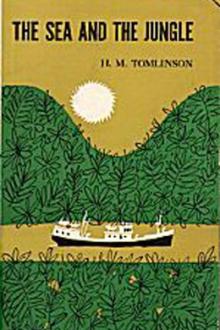
 Free Download
Free Download














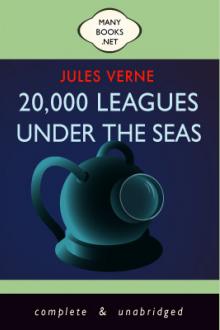


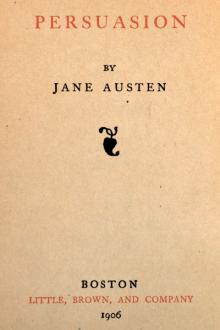

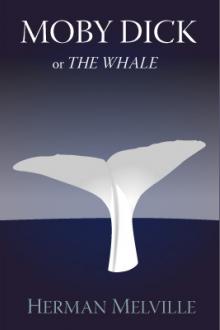

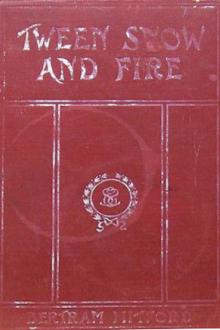
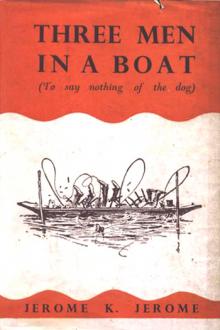
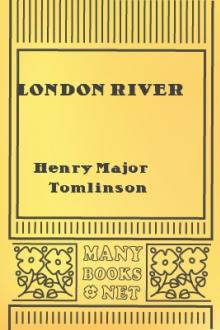
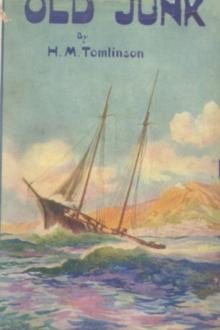
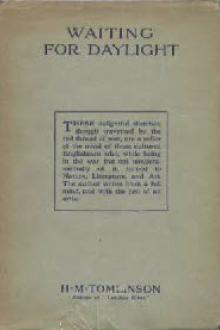
-itok=vcKIB5v1.jpg)